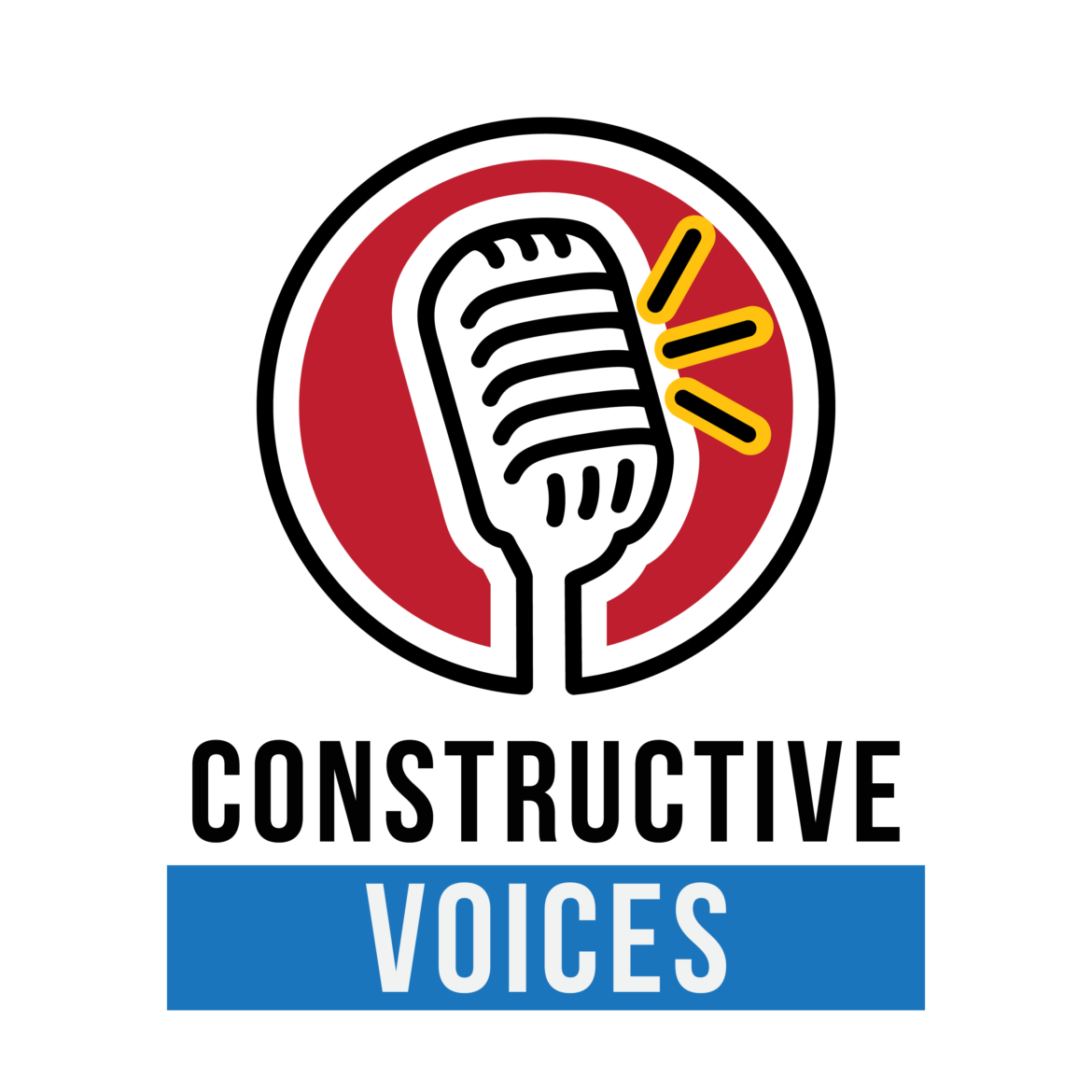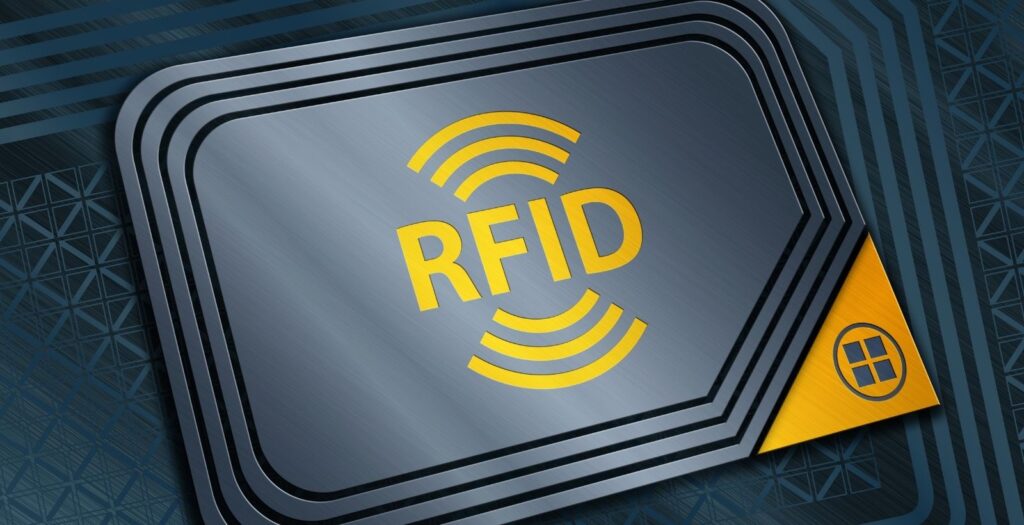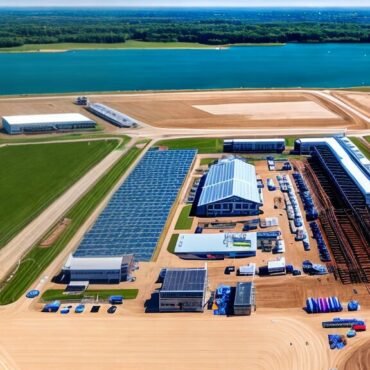RFID labelling can help you and your team modernise your construction business. Construction sites house everything from expensive equipment to raw materials and serve as a staging and storage area for these products prior to installation. Something that appears simple, such as pipe segments, can be quite pricey and difficult to track using traditional barcode processes. Conventional barcode labels can be tough to read for several reasons, such as difficulty reaching stacked items or dirt and dust settling on barcodes, making them unreadable.
Printed RFID tags and labels can be placed on equipment, tools, and raw materials to modernise the tracking and tracing of construction assets.
RFID solutions can also be applied to broader applications such as inventory management and improving efficiency for Work in Process (WIP) scheduling.
RFID labelling enables quick identification of specific items as needed for use during the construction process and allows for inventory viewing on a dashboard. RFID permits more rapid tracing and recovery of misplaced or missing items.
The construction industry has evolved dramatically
“The construction industry has evolved dramatically over the last several hundred years. Many processes and materials are now standardized and building structures has become faster, more economical, and safer. With RFID technology to track and trace assets, the construction industry can dramatically accelerate its progress, supporting shorter timelines and promoting safety, while decreasing time and cost,”
TSC Printronix Auto ID RFID subject matter expert, Chris Brown.
RFID readers at various locations can then identify every asset
Once items are tagged, RFID readers at various locations can then identify every asset and tie the data back into the company’s main software system. RFID tag reading can either be an automated process, occurring at pre-defined intervals, or on-demand. RFID readers can be fixed at various locations and chokepoints allowing an asset’s movement to be tracked. Handheld RFID readers can also be used for on-demand asset tracking or to locate bulk quantities of material.
RFID for “Point Solutions” vs. Extensible Infrastructure Needs
RFID is being applied in the construction industry to enhance productivity and efficiency, leading to time and money savings. When considering RFID, it is often best to begin with a solution that addresses a specific business problem – a so-called point solution. Any such point solution, however, should also be intelligently designed so that it can be leveraged and expanded later to cover a wider range of business needs. By addressing a pressing challenge while keeping in mind a comprehensive infrastructure solution, you can later leverage your RFID system to cover additional applications like asset tracking, inventory and more.
RFID tags can provide many process improvements.
Tracking and inventory control for construction materials
Automating order replenishment with raw material data tied into order processing
Optimizing efficiency for the construction “Work in Process” (WIP) schedule
Providing access control to sensitive and restricted locations
Delivering employee time and attendance
Print RFID Labels on-Demand
Users can deploy an RFID printer to print and encode RFID tags onsite for on-demand asset tracking and identification.
Given that assets can vary in terms of size, construction, and physical form, different tag types are often needed for different asset classes. An on-metal tag might be the best solution for steel beams, whereas a “flag tag” might be best for a pipe fitting. Using an RFID printer that easily works with multiple different tag types, such as thick on-metal tags, small tags, and plasticized Returnable Transport Item (RTI) tags, will ensure your use of RFID technology supports better efficiency on your construction site.
This is a guest article written by TSC a provider of RFID.
Disclosure: This post has not been paid for and has been accepted by our editorial team as an article that is useful to our readership.


















Post comments (0)